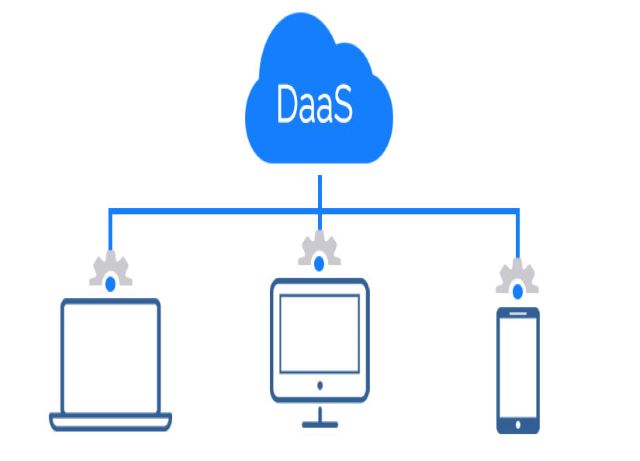In today’s fast-paced business world, organizations are constantly looking for ways to streamline their operations and improve efficiency. One technology that has been gaining traction recently is Desktop-as-a-Service (DaaS). This innovative solution is revolutionizing how businesses approach IT infrastructure, and it’s no wonder that more and more organizations are turning to DaaS to create operational efficiency.
But before diving into the benefits of DaaS, let’s first define it. DaaS is a cloud-based service that allows organizations to remotely access and manage their desktop applications and data. In other words, it’s like having a virtual desktop that you can access from anywhere, at any time, using any device. This means that employees can work from anywhere, whether in the office, at home, or on the go.
So, why is DaaS such a game-changer regarding operational efficiency? The answer lies in the many benefits it offers. But before that, let’s look at the challenges organizations are facing without a virtualized environment:
Key Challenges
- Limited Scalability: In a non-virtualized environment, it can be difficult to scale the number of desktops as the business grows. This can lead to a shortage of resources and a need for more flexibility in accommodating new users or departments.
- Limited Security: Non-virtualized environments often need more security features and controls to protect sensitive business data. This can make it difficult to secure sensitive data and prevent unauthorized access.
- Limited Accessibility: In a non-virtualized environment, users are typically restricted to accessing their desktops from a specific location and device. This limits the ability of employees to work remotely or collaborate effectively with colleagues in other locations.
- High Maintenance Costs: Maintaining and upgrading non-virtualized environments can be costly and time-consuming. This can divert resources from more strategic initiatives and negatively impact the business’s bottom line.
- Limited Flexibility: In a non-virtualized environment, it can be difficult to customize or tailor the desktop experience to the specific needs of different users or departments. This can lead to a one-size-fits-all approach that only meets the needs of some users.
By contrast, VDI allows for centralized management of virtual desktops, making it easy to scale, secure, and access the virtualized environment from anywhere. VDI also allows for better resource utilization and cost savings, which makes it an attractive option for organizations looking to streamline their IT infrastructure.
DaaS Driving Operational Efficiency
First and foremost, DaaS eliminates the need for organizations to maintain their own IT infrastructure. This can be a costly and time-consuming endeavor, especially when it comes to keeping software and hardware up to date. With DaaS, the service provider takes care of all this, which means that organizations can focus on their core business operations.
DaaS also allows organizations to scale their IT infrastructure quickly and easily. This is particularly beneficial for rapidly growing businesses or experiencing fluctuations in their workforce. With DaaS, organizations can add or remove users as needed without worrying about the logistics of deploying new hardware or software.
Another major benefit of DaaS is that it improves security. By storing all data and applications in the cloud, organizations can ensure that their sensitive information is protected from cyber threats. Additionally, DaaS providers typically have robust security measures to protect their customers’ data.
DaaS also enables organizations to be more agile. With employees able to access their virtual desktops from anywhere, they can work more efficiently and be more productive. This is especially beneficial for remote teams or employees who need to work outside of the office.
Finally, DaaS can help organizations reduce costs. Organizations can save money on hardware, software, and IT personnel by eliminating the need to maintain their own IT infrastructure and having the ability to scale quickly.
Conclusion
In conclusion, DaaS (Desktop as a Service) technology is a powerful tool for businesses seeking operational efficiency. It allows easy scaling, cost savings, improved security, and access to the latest technology. DaaS providers handle all the heavy lifting, leaving your IT team free to focus on strategic initiatives. DaaS also allows for remote access and collaboration, making it an ideal solution for the current work environment.
With DaaS, businesses can focus on growing their business instead of managing and maintaining physical desktops. It is not just for the big players, small and medium-sized businesses can also benefit from it. DaaS providers offer flexible solutions that can be customized to fit the specific needs of a business. In today’s fast-paced business environment, organizations that are able to adapt to changing conditions quickly and efficiently will be the ones that thrive. Adopting DaaS technology can help your business achieve that goal.
